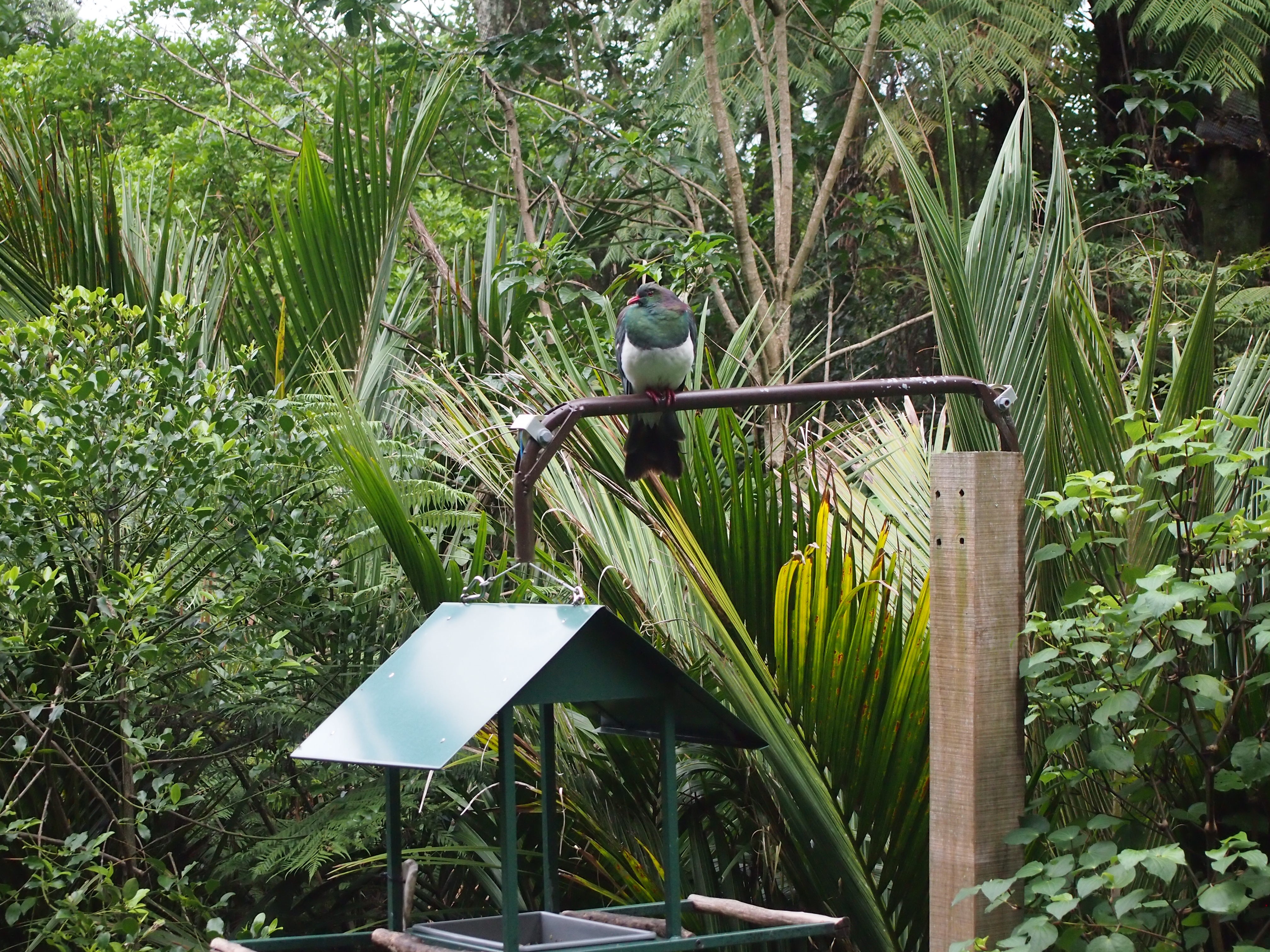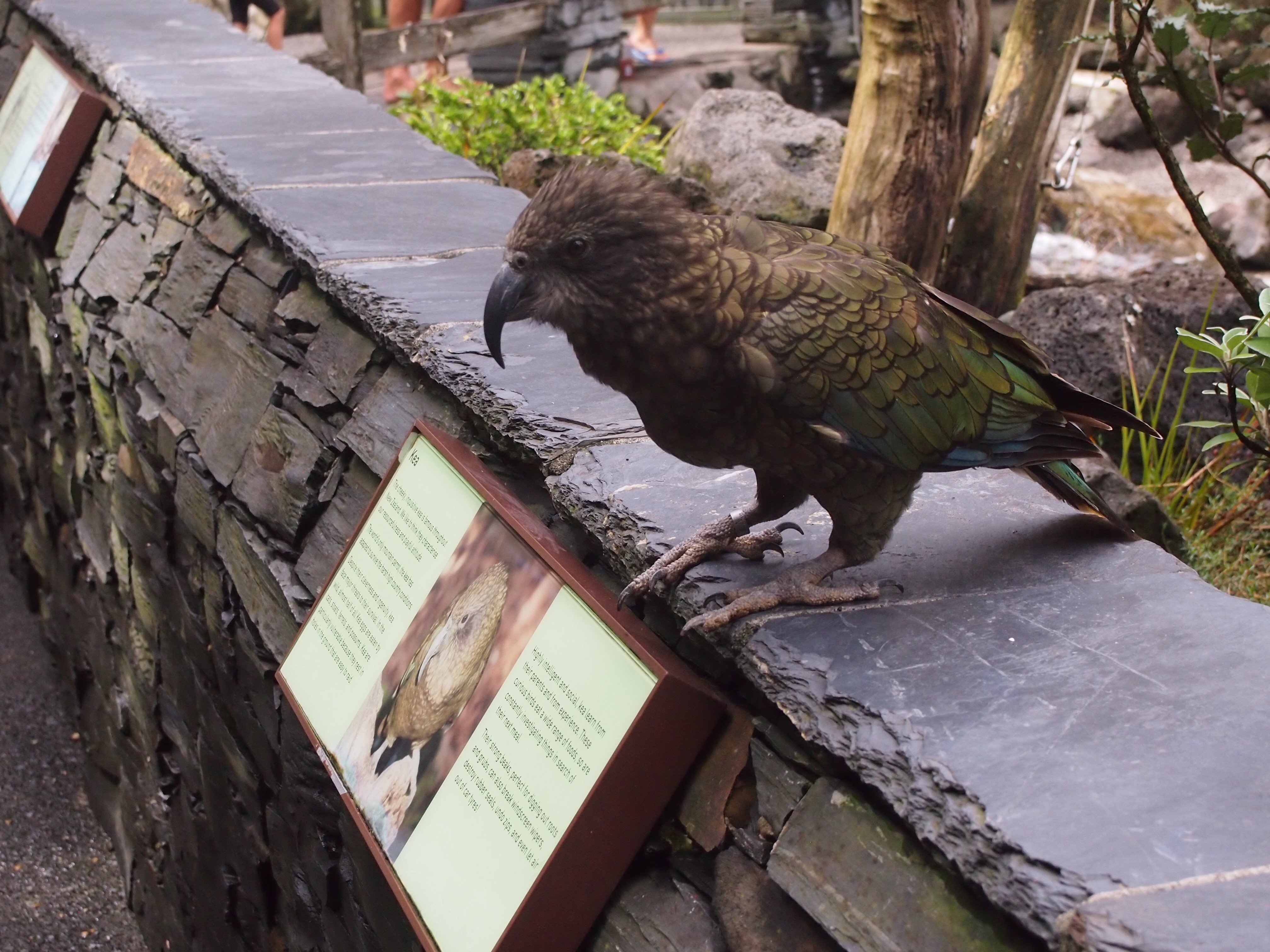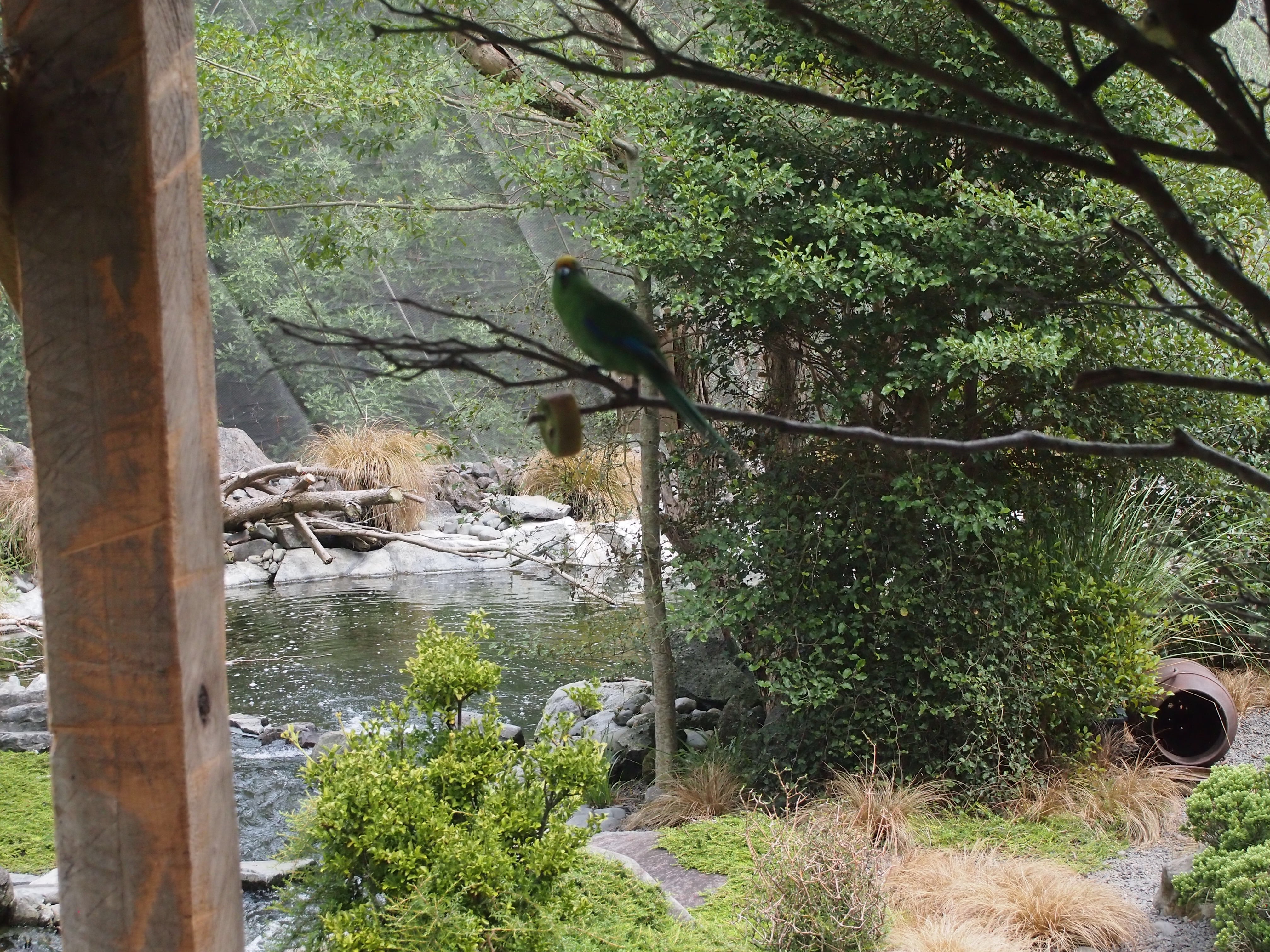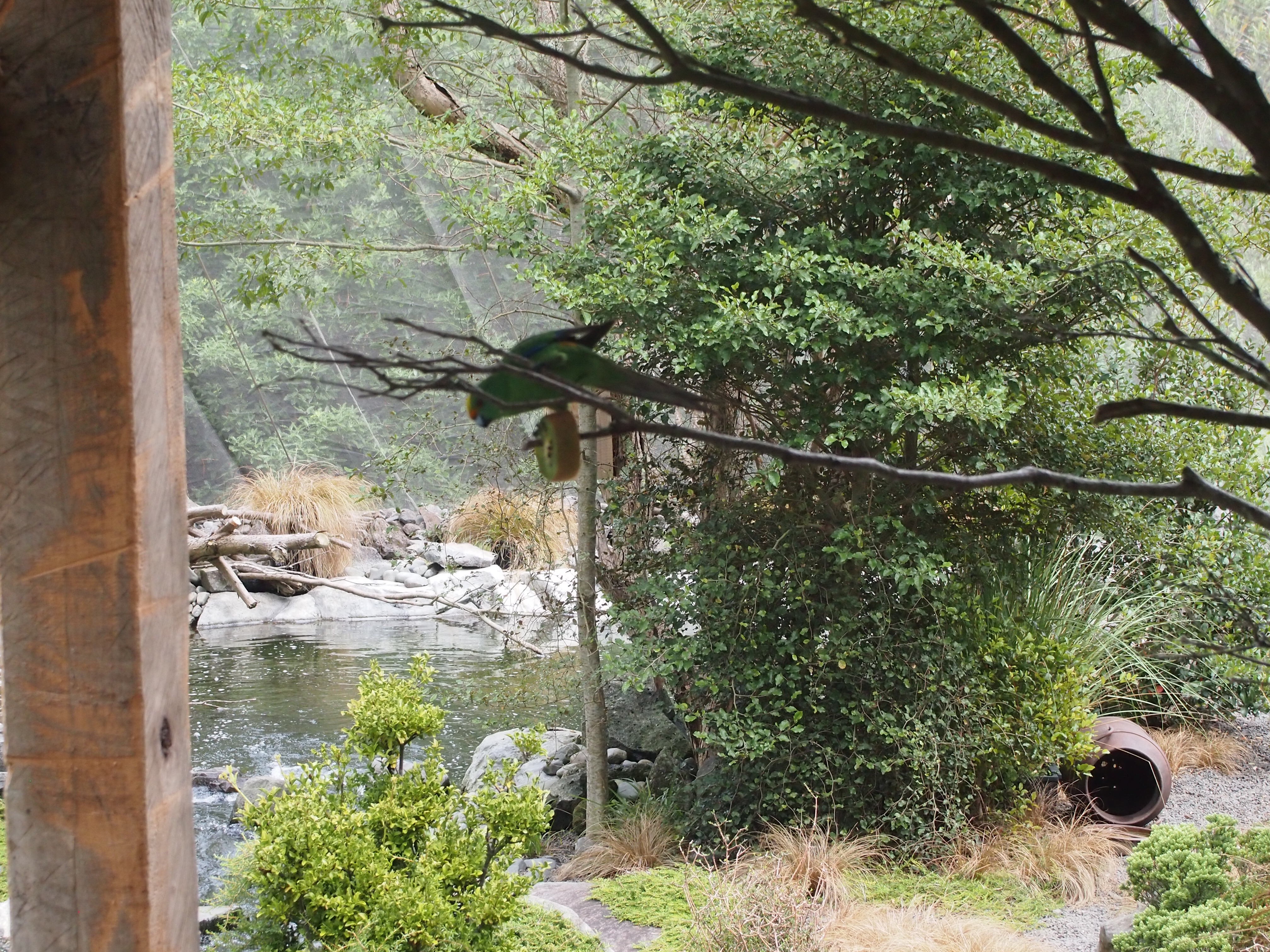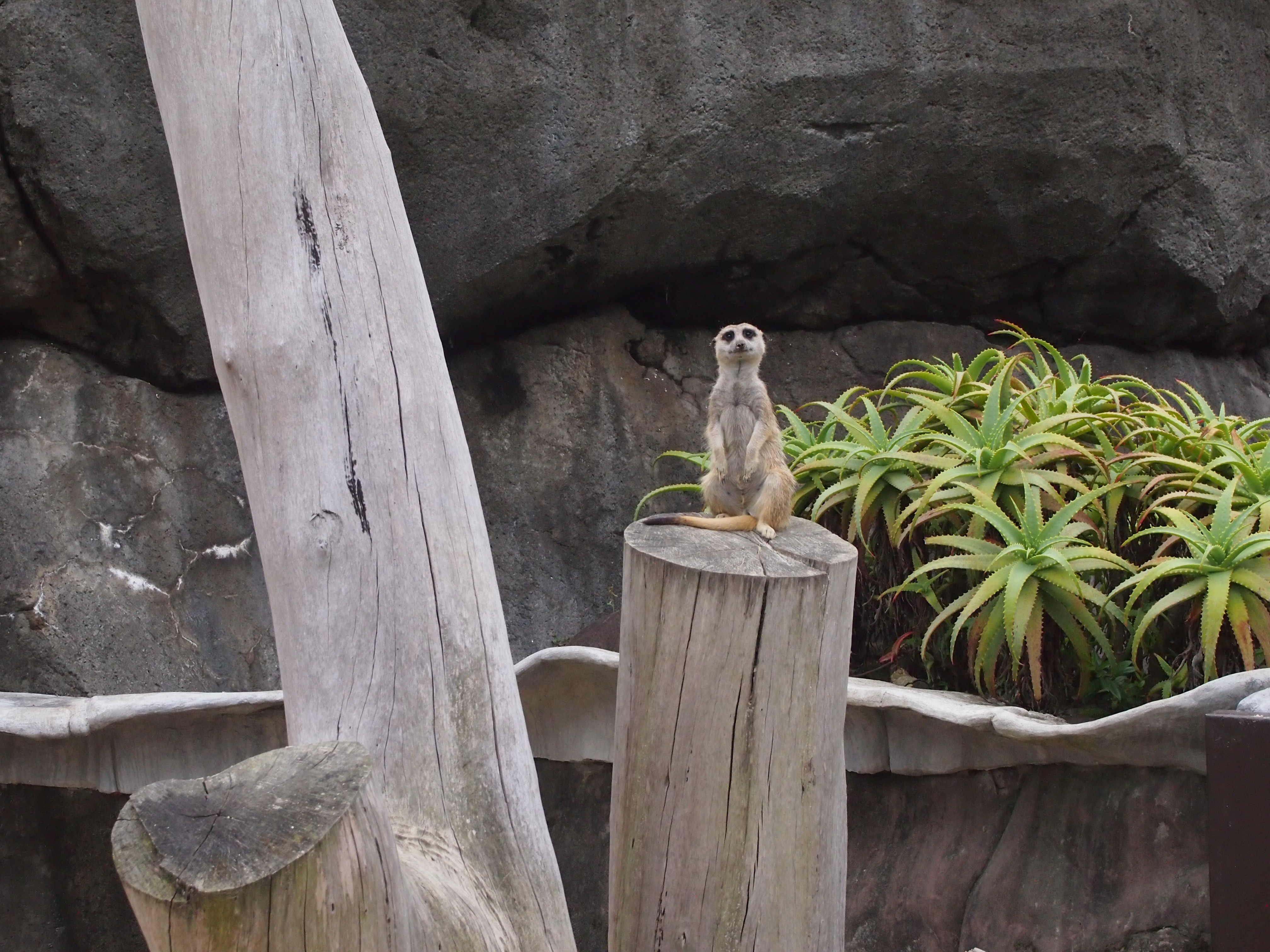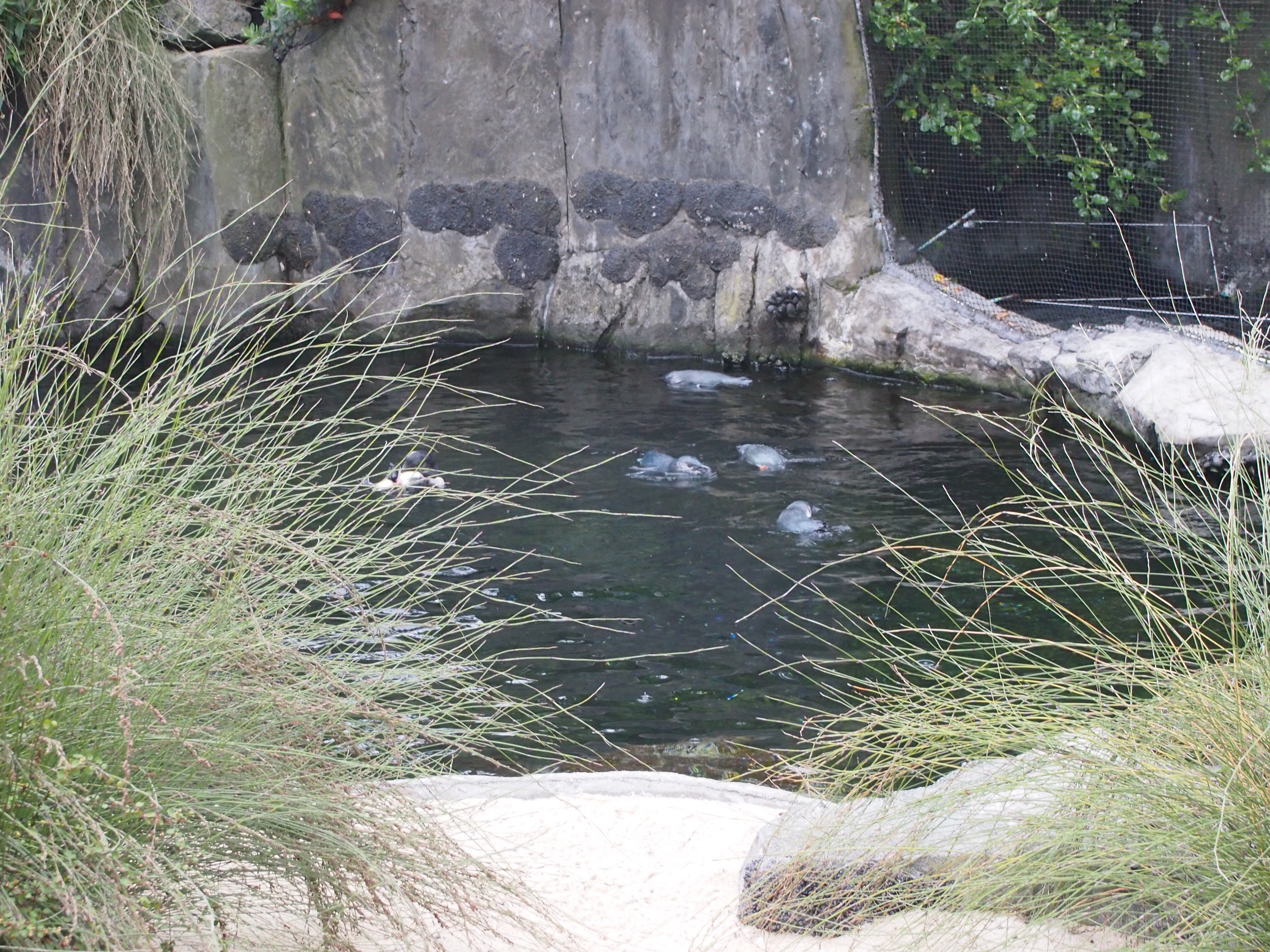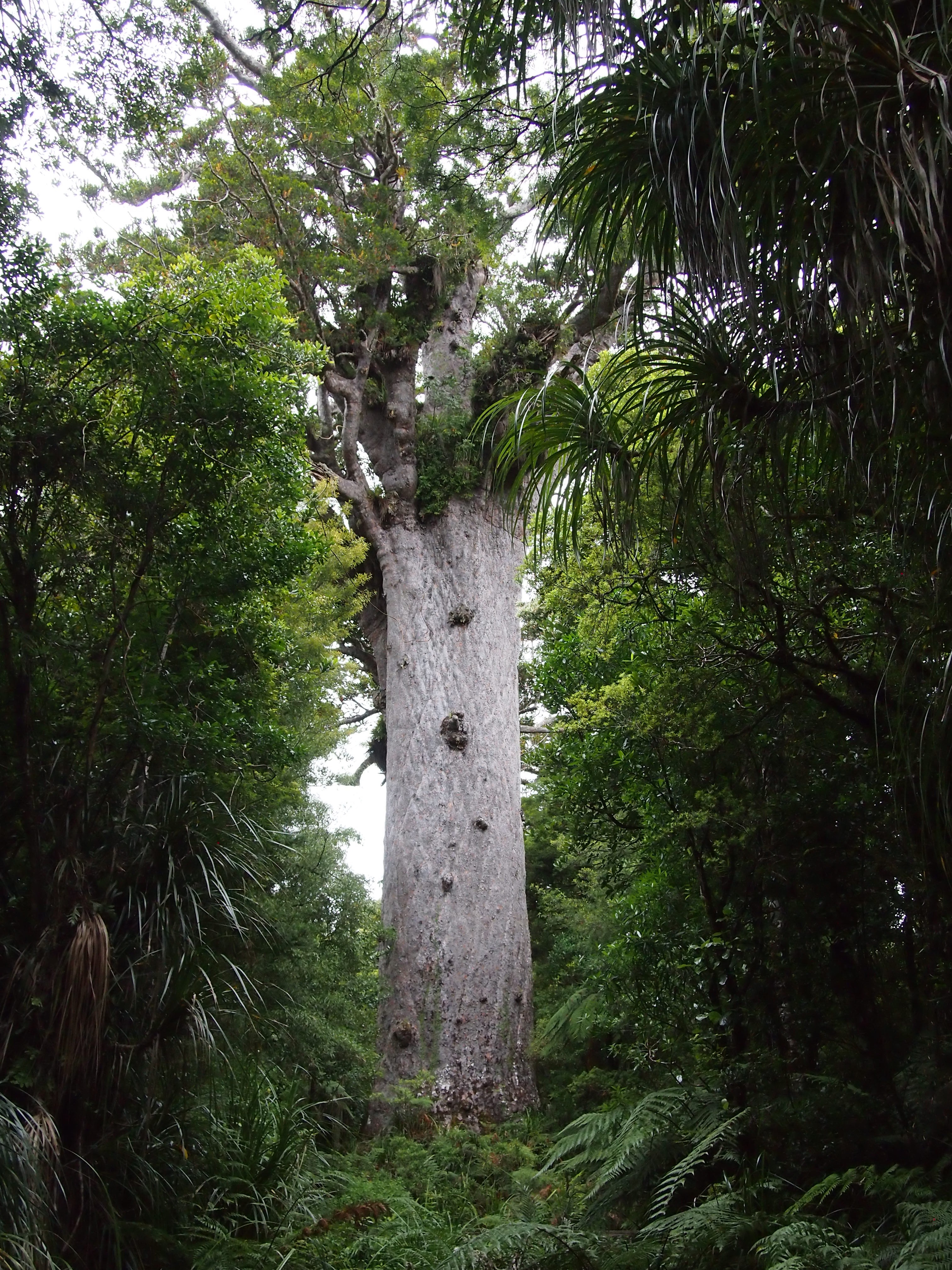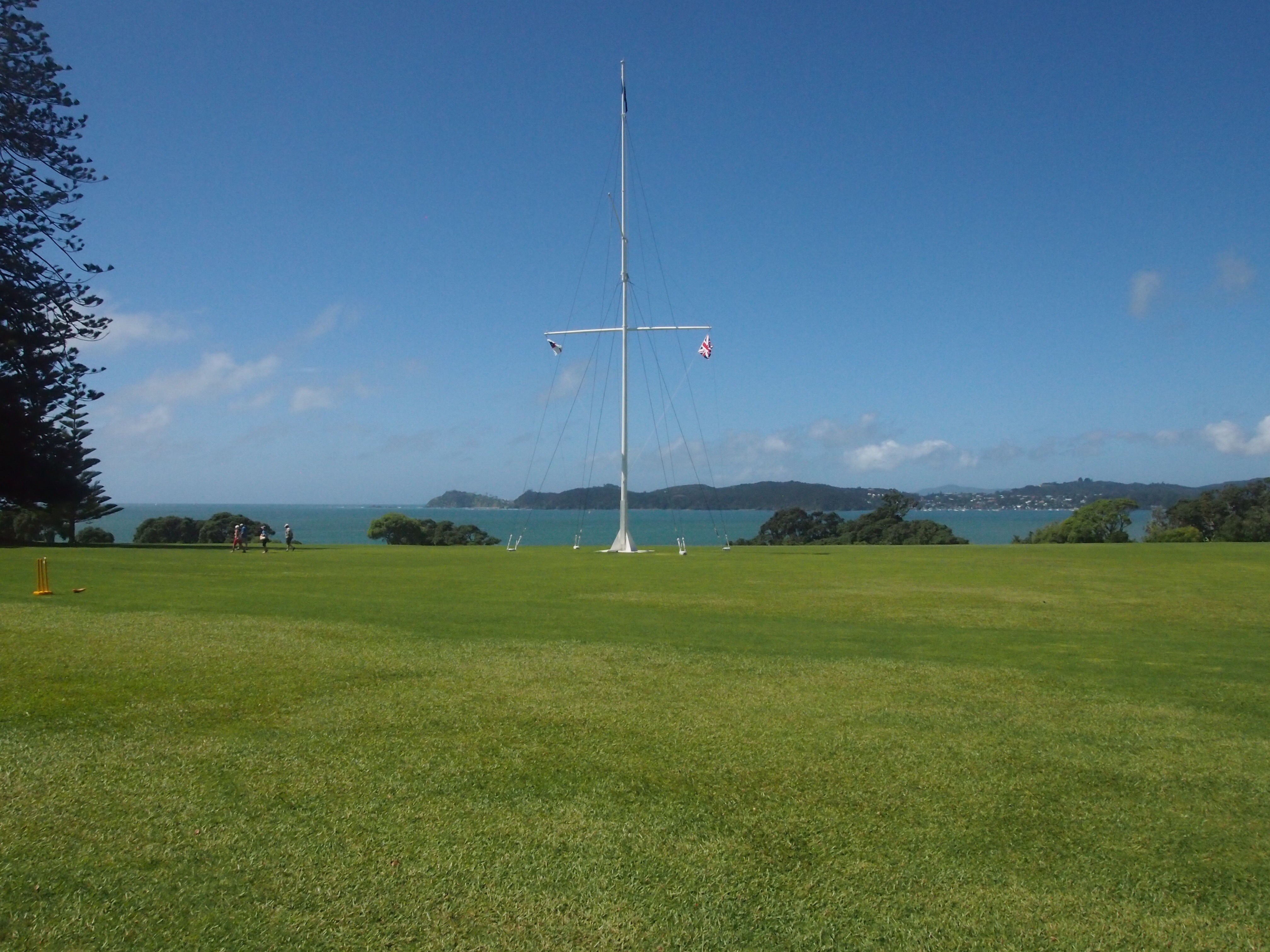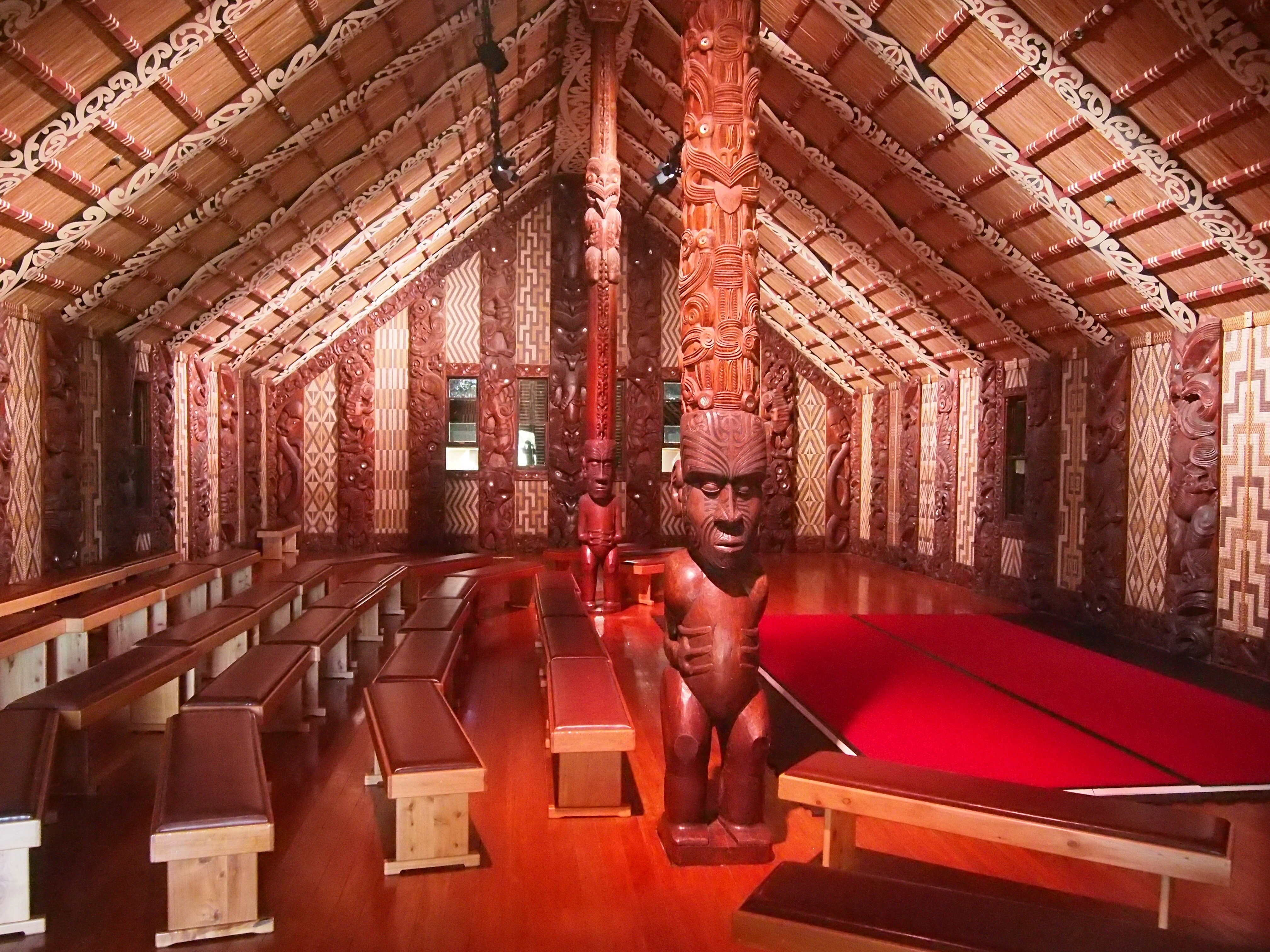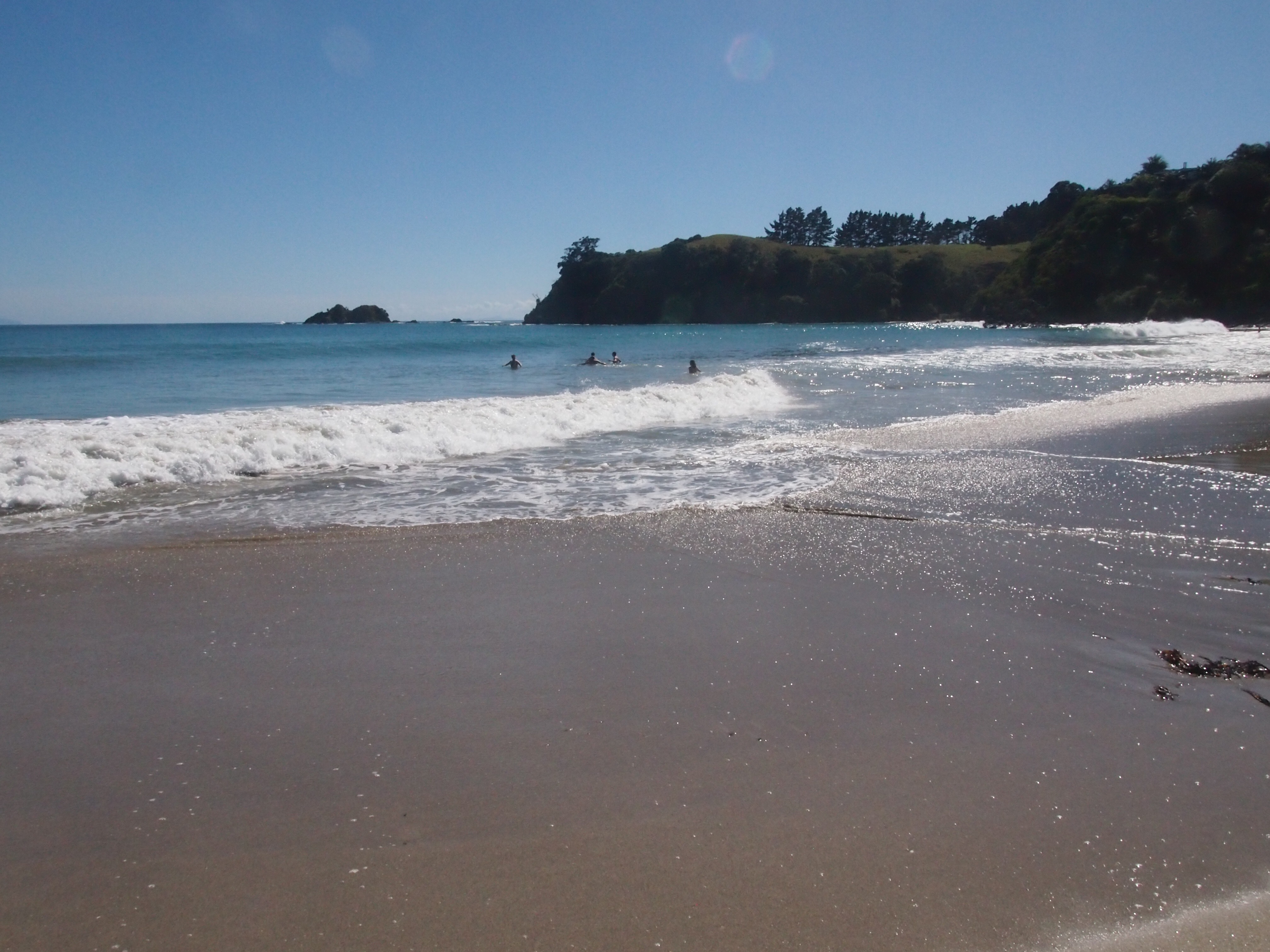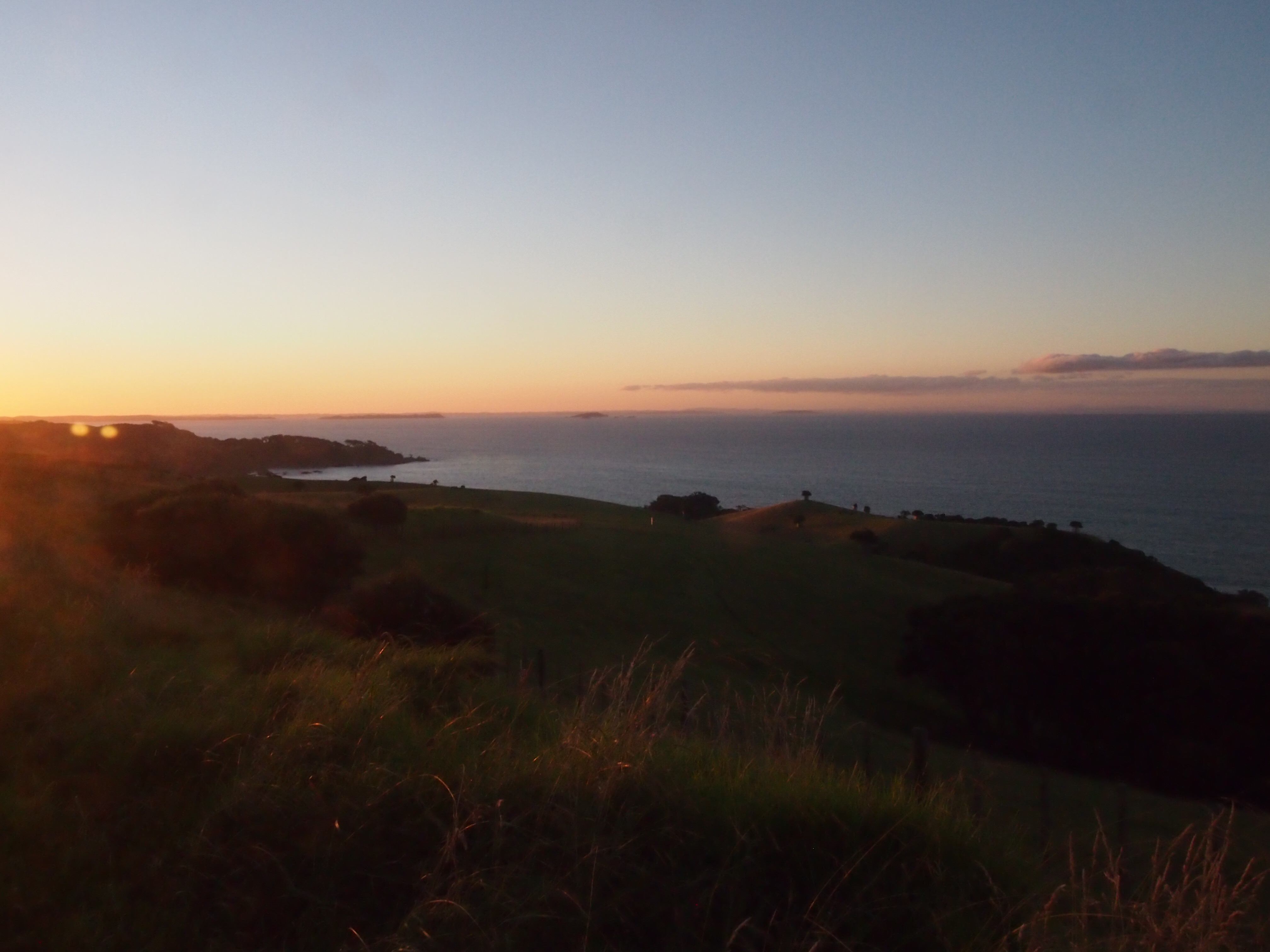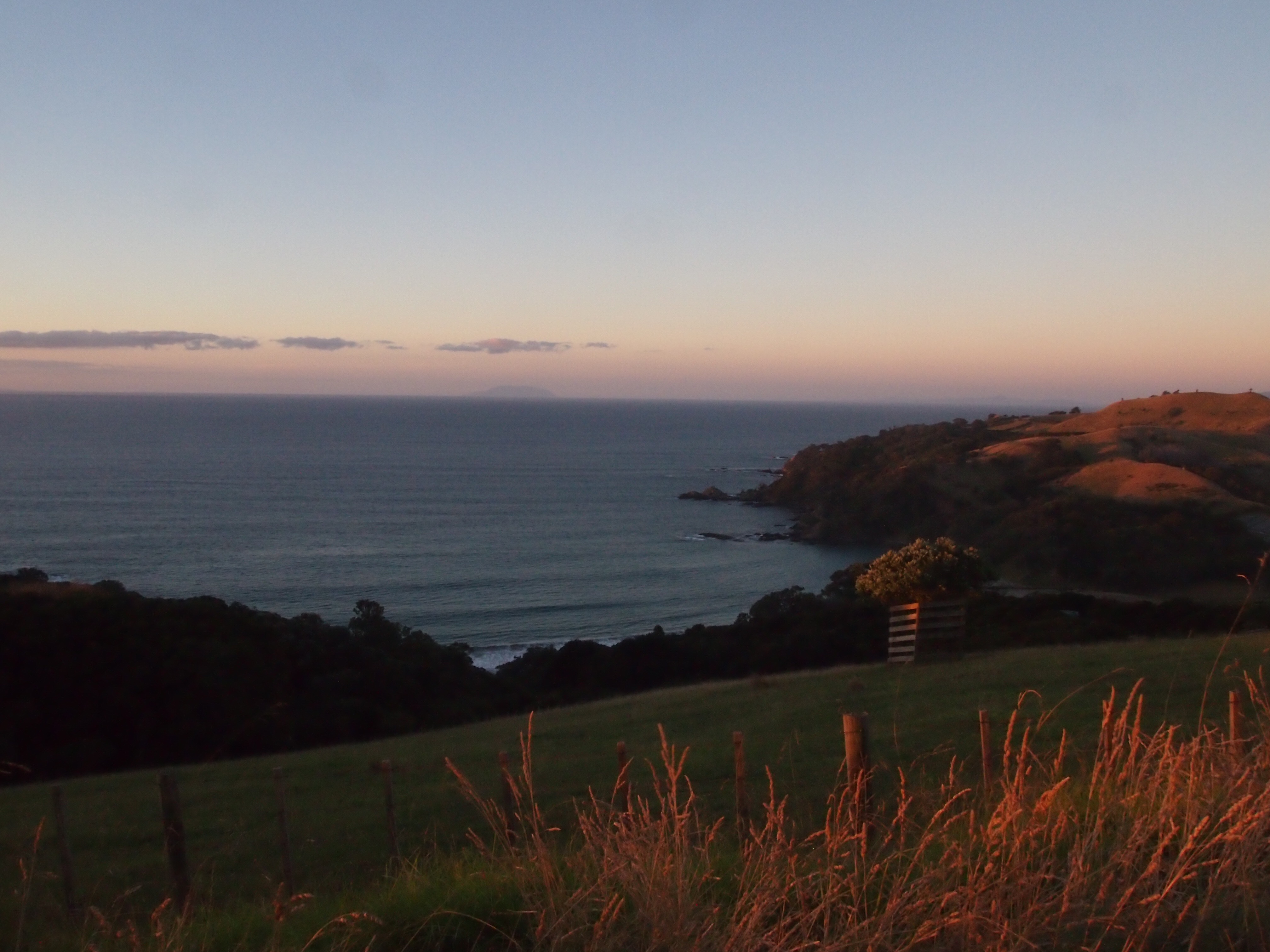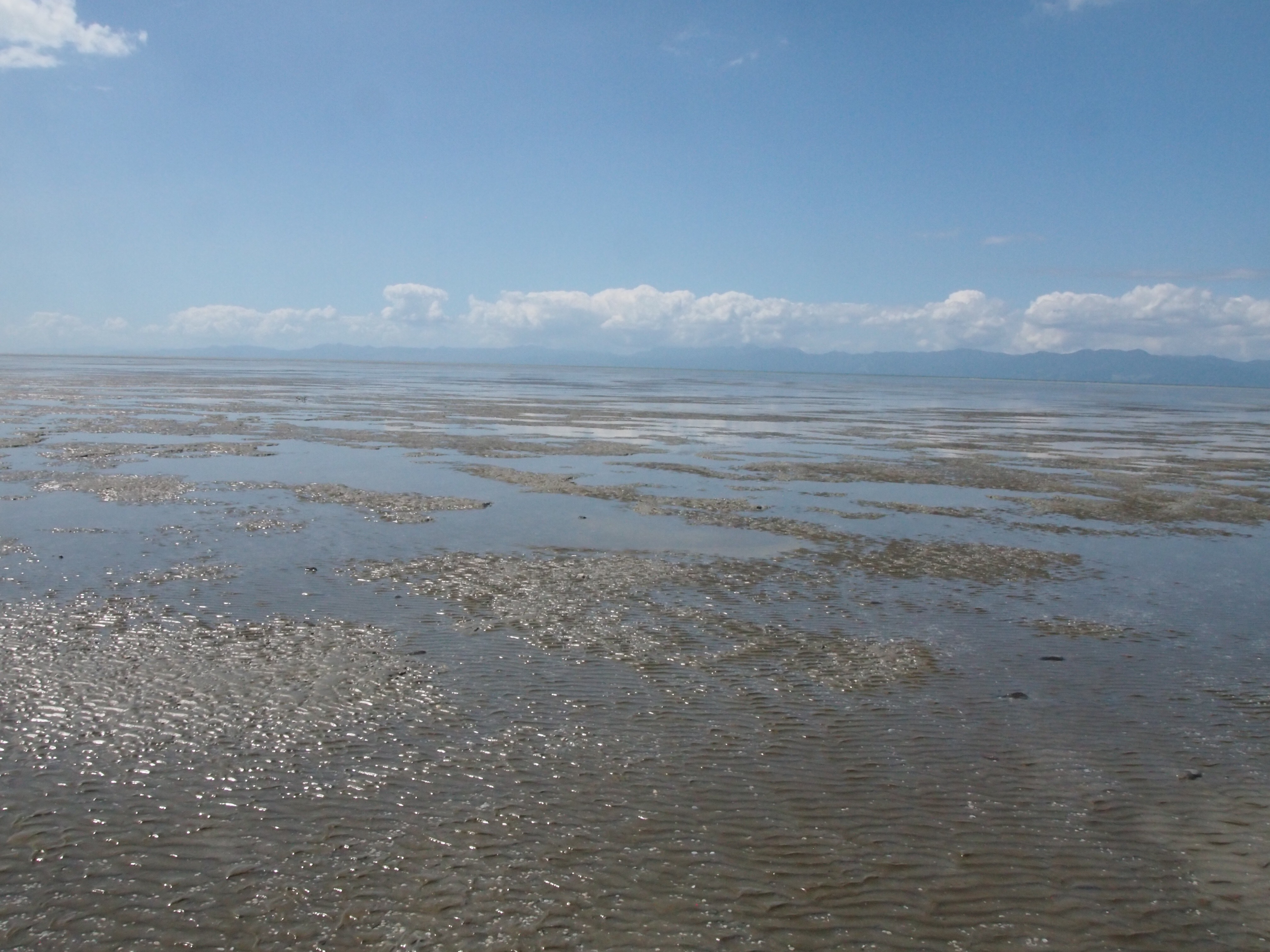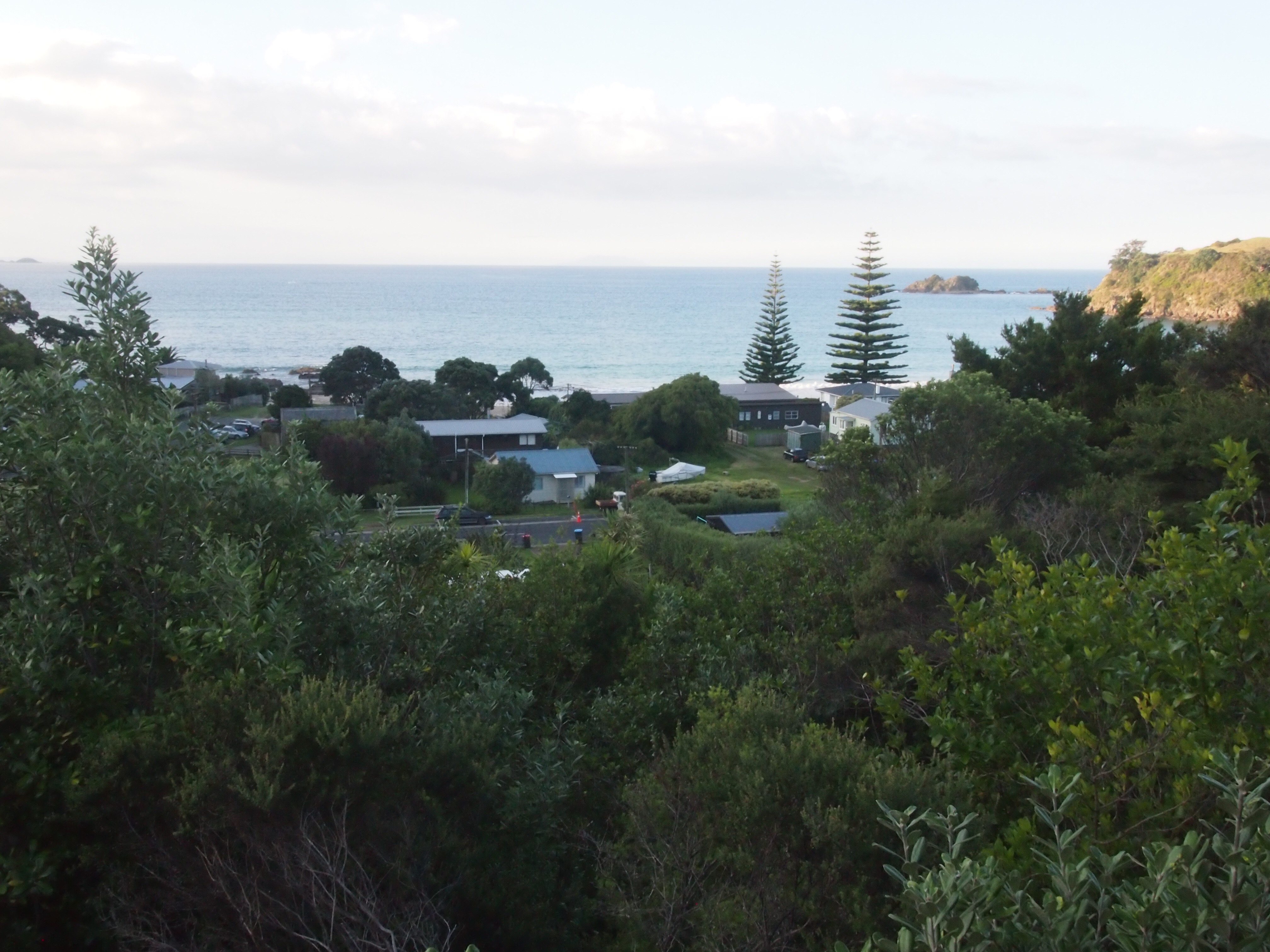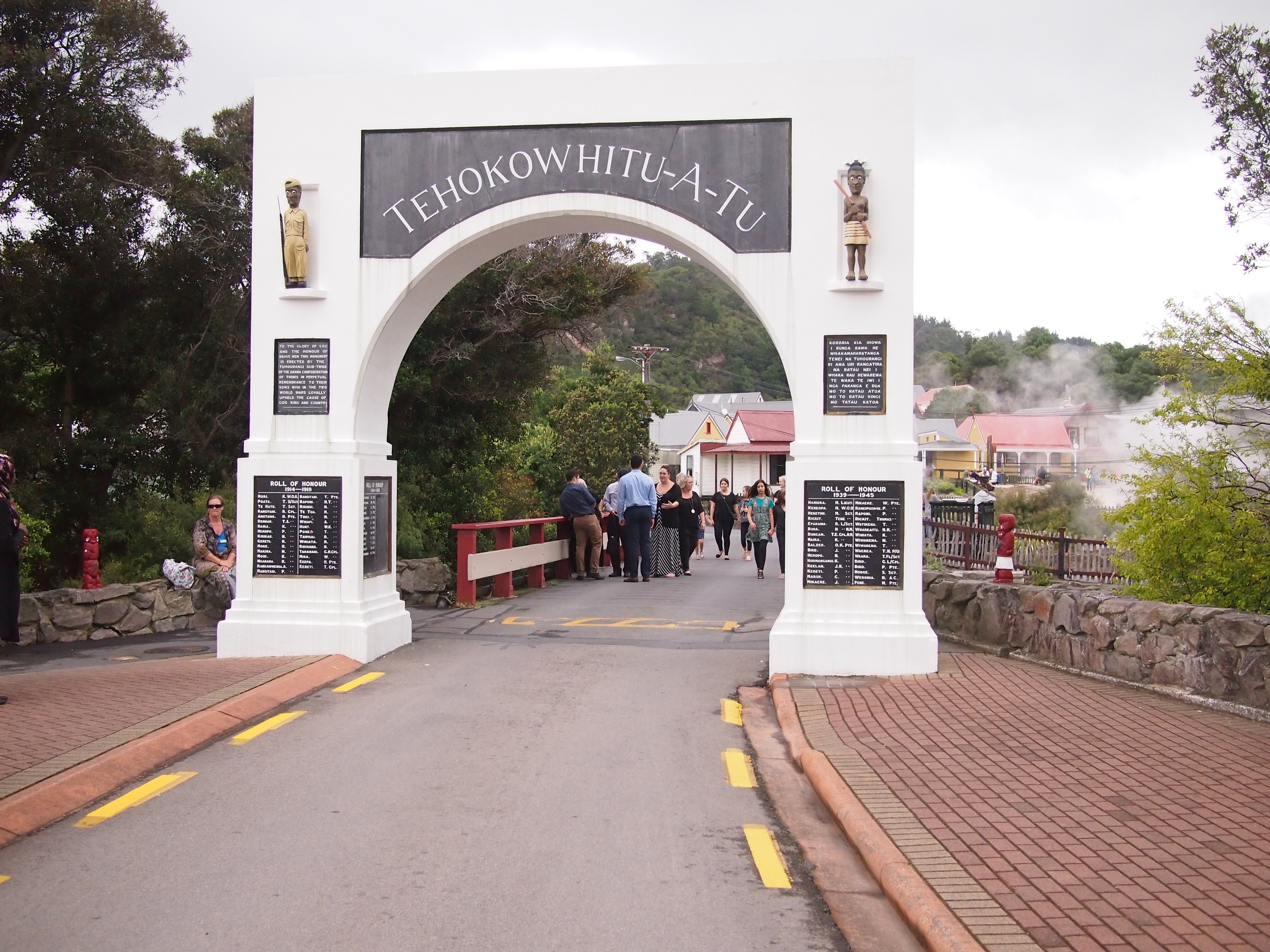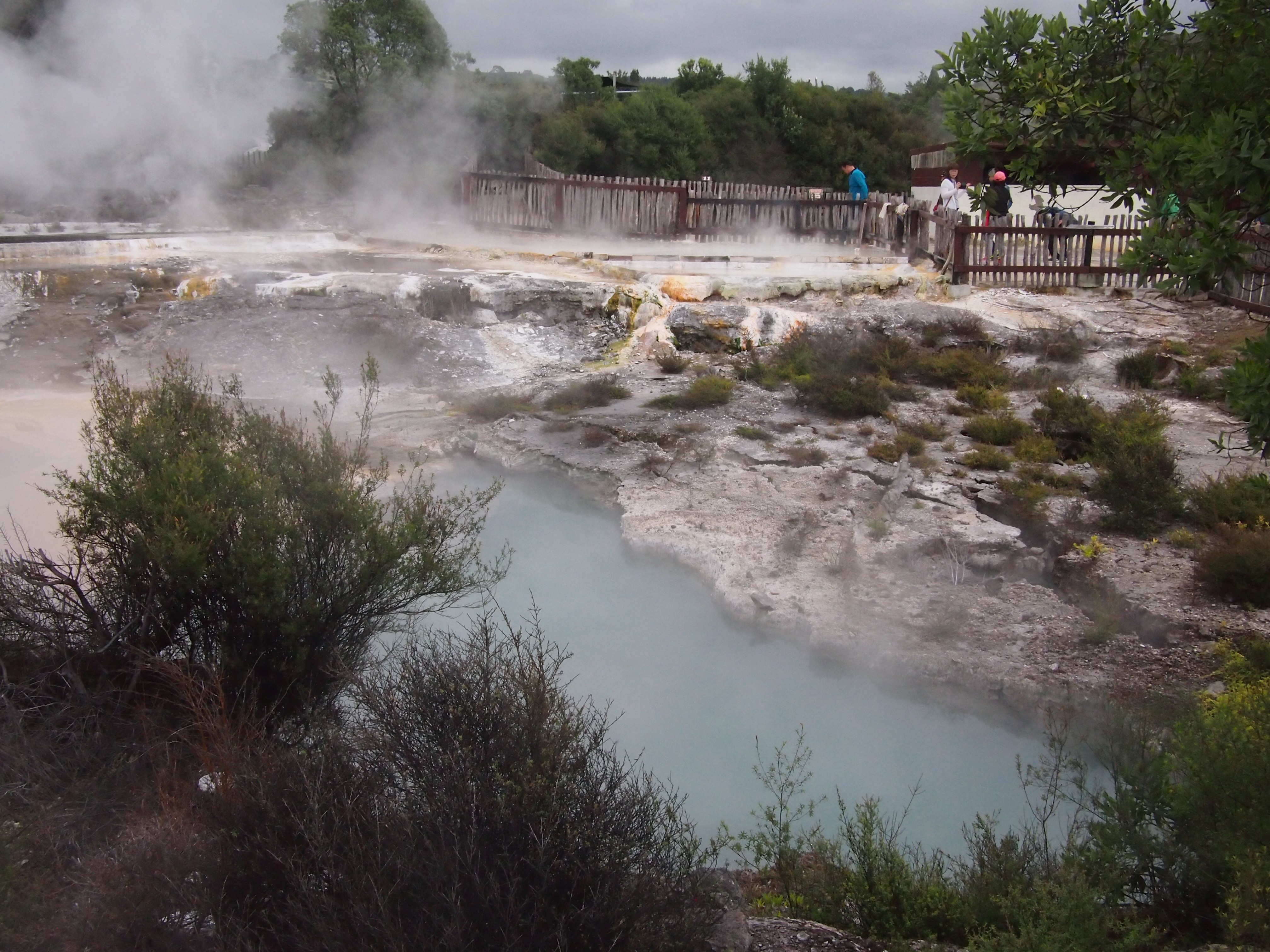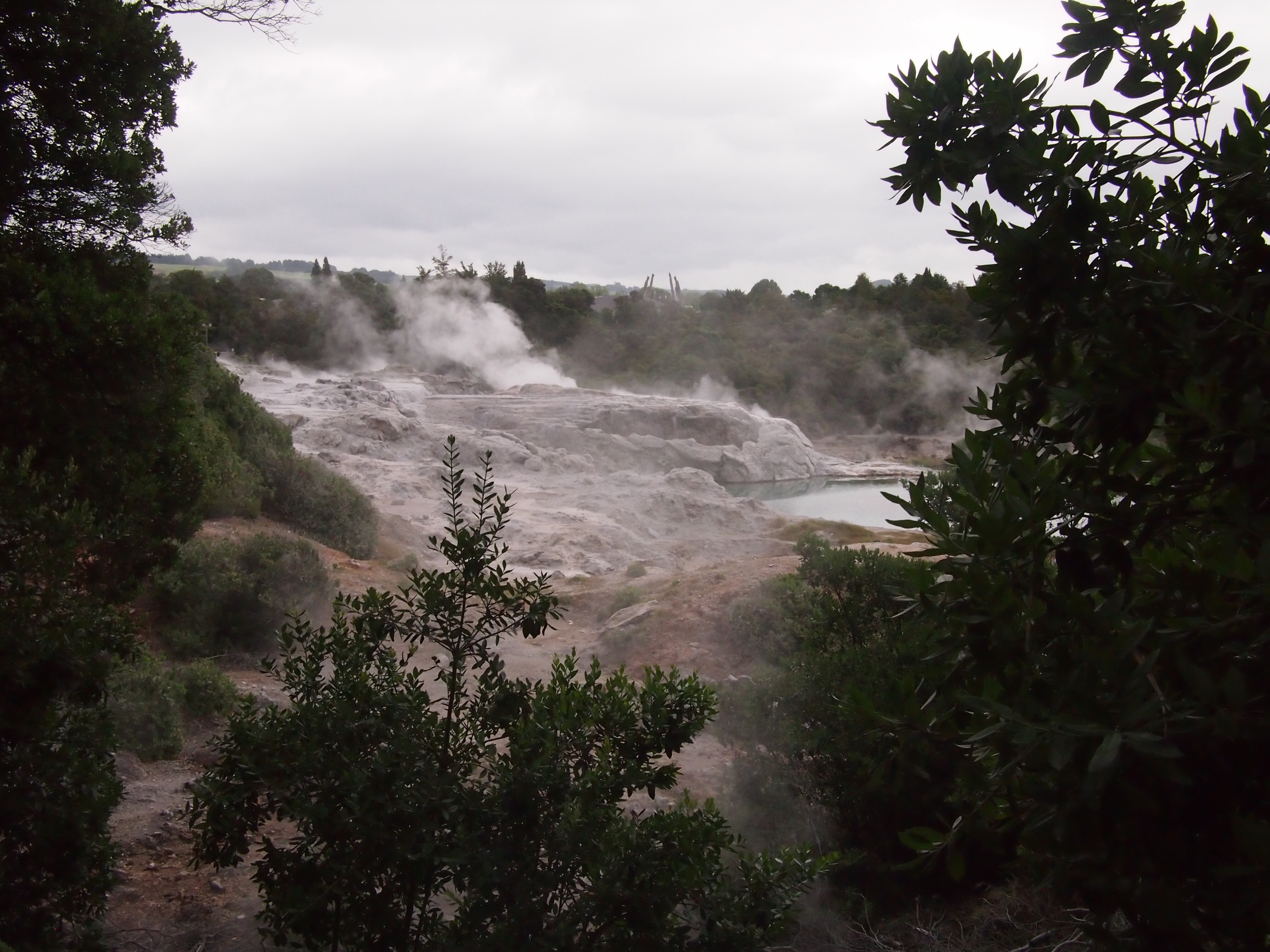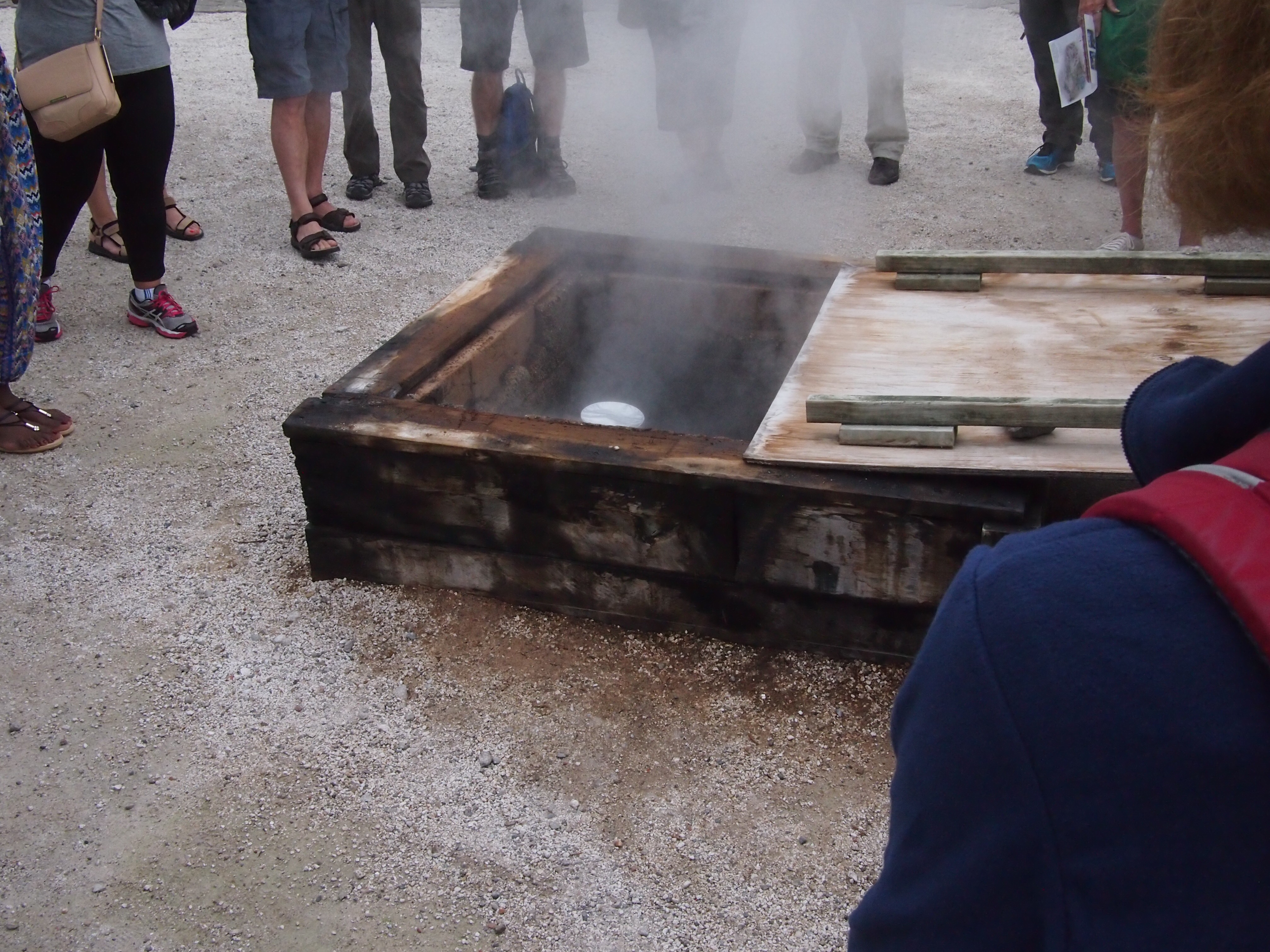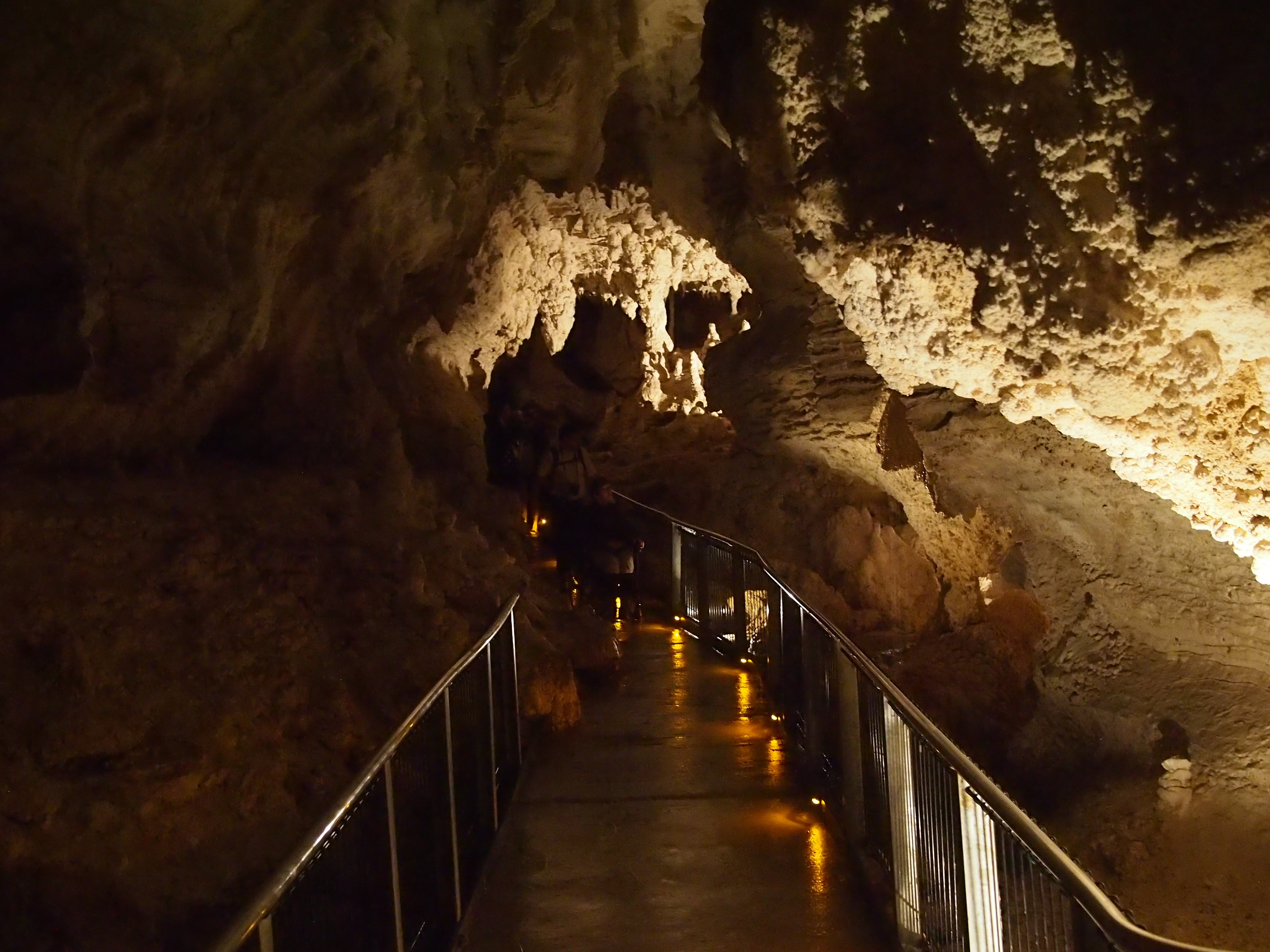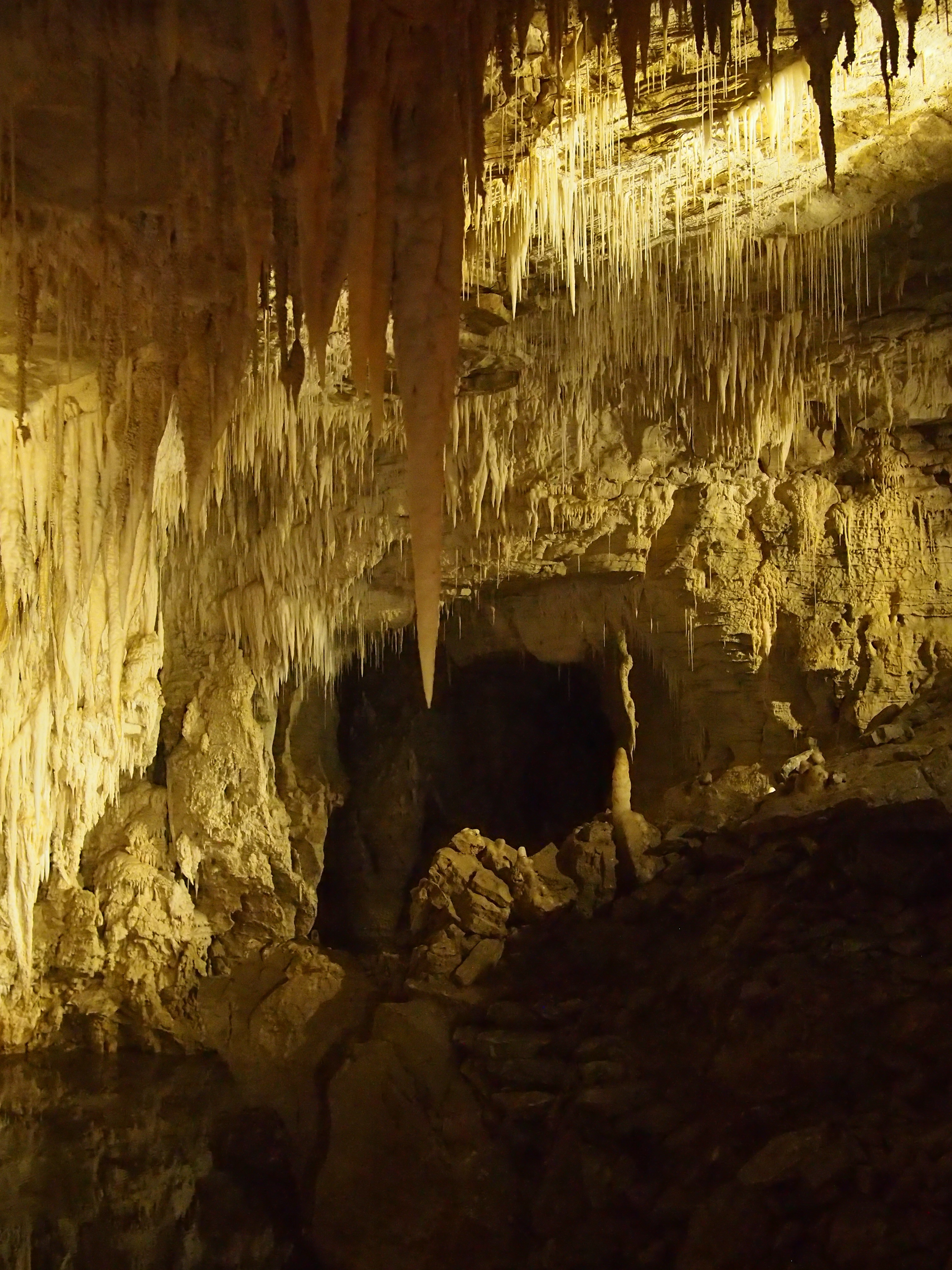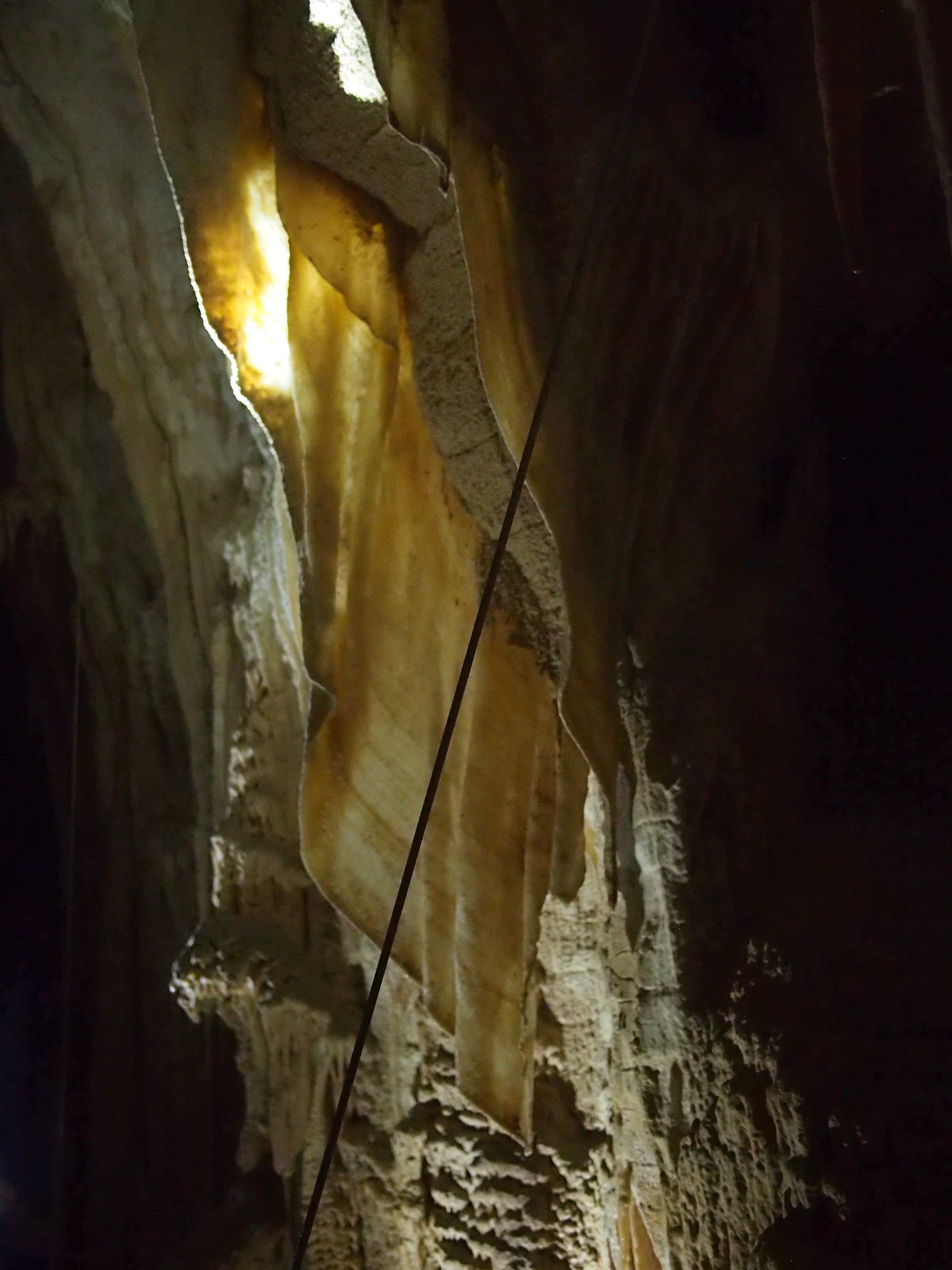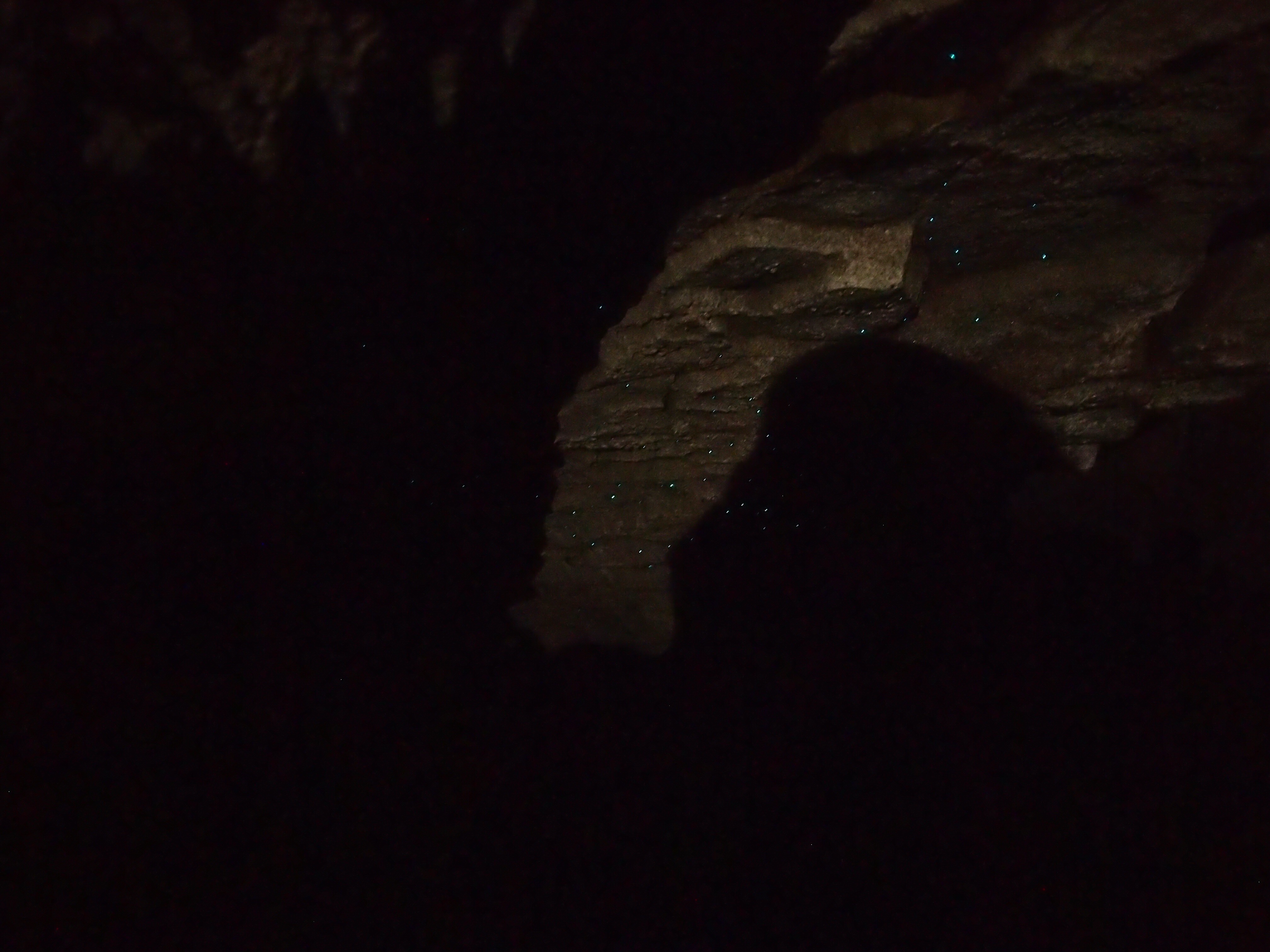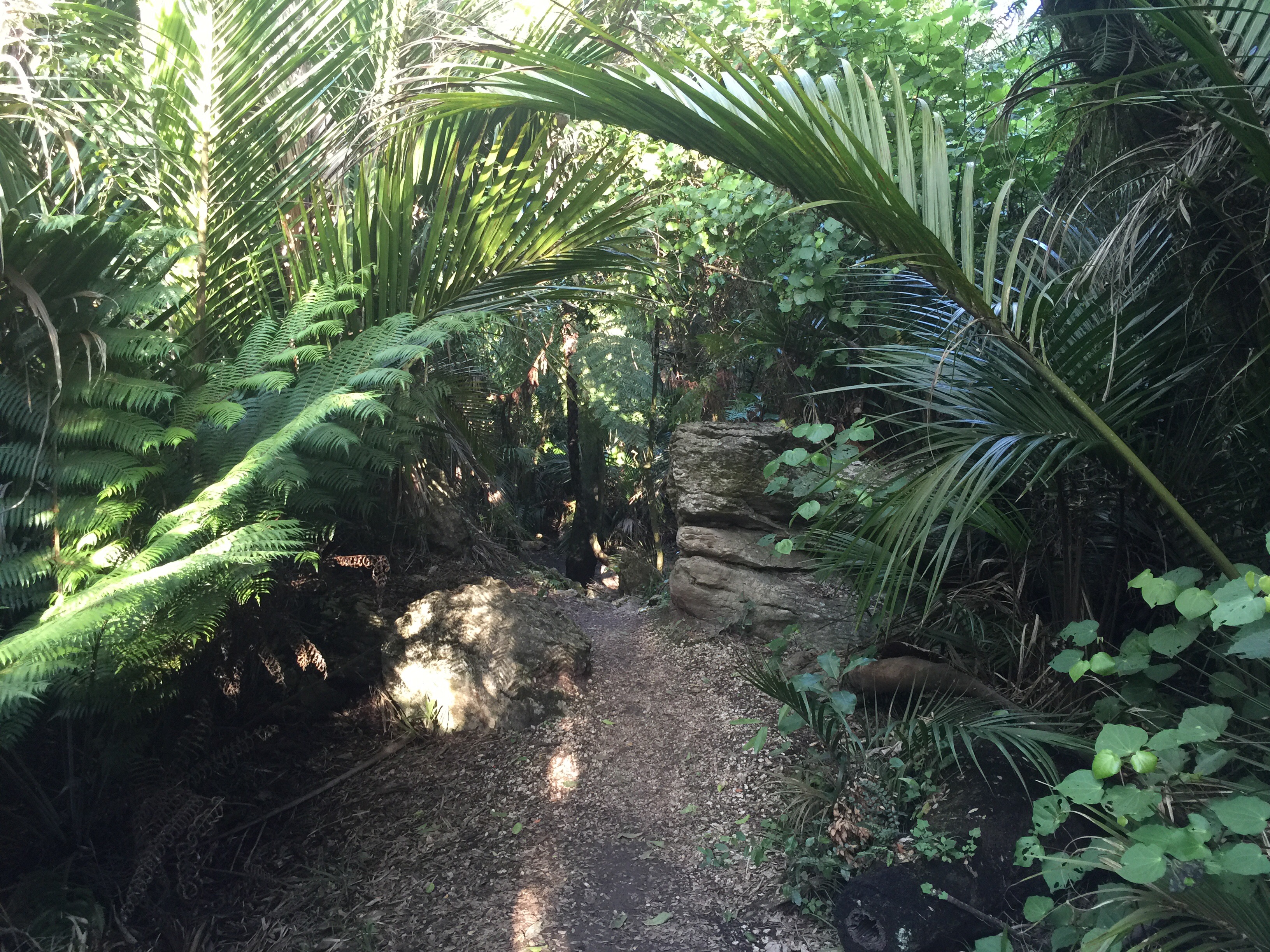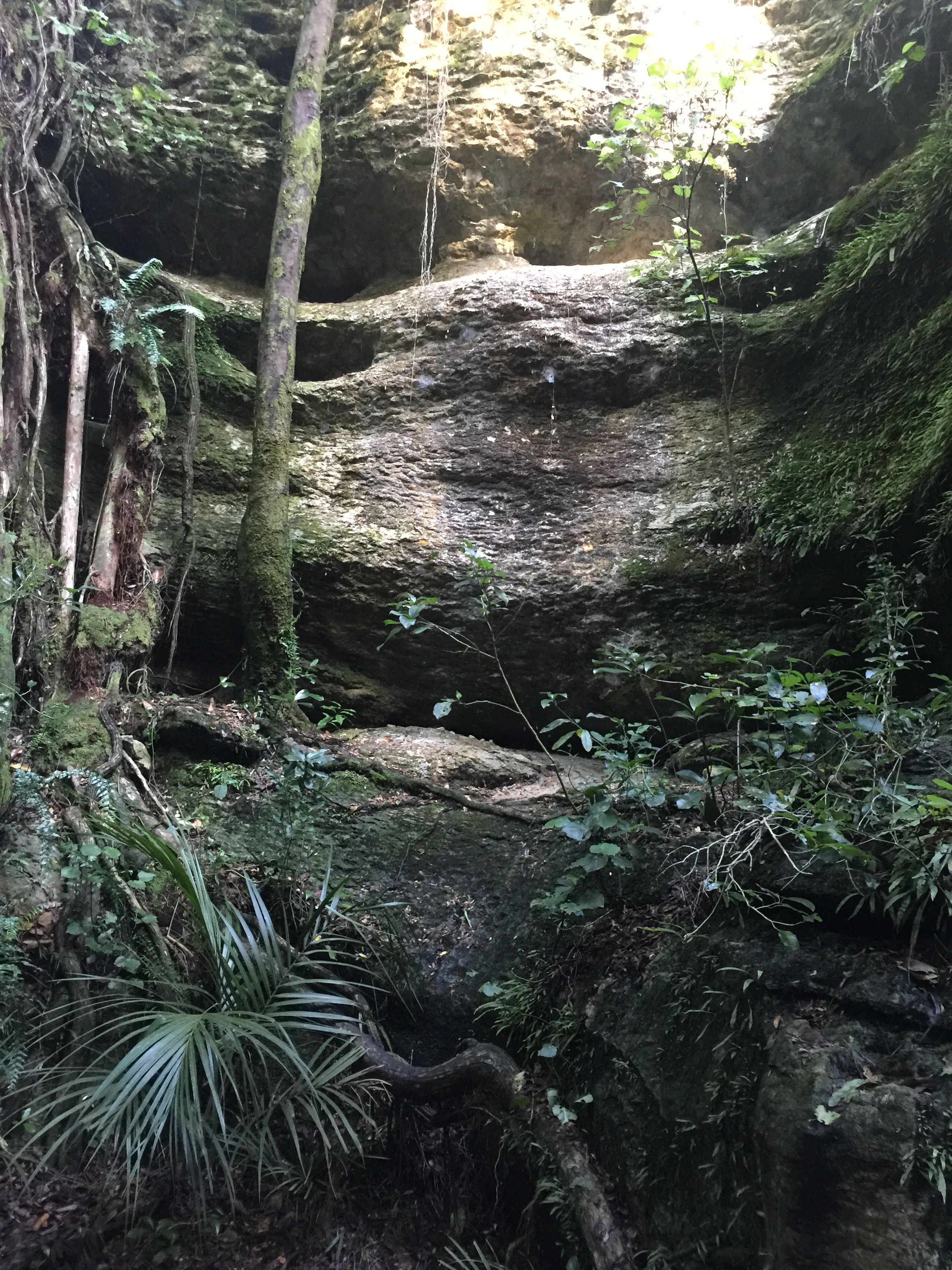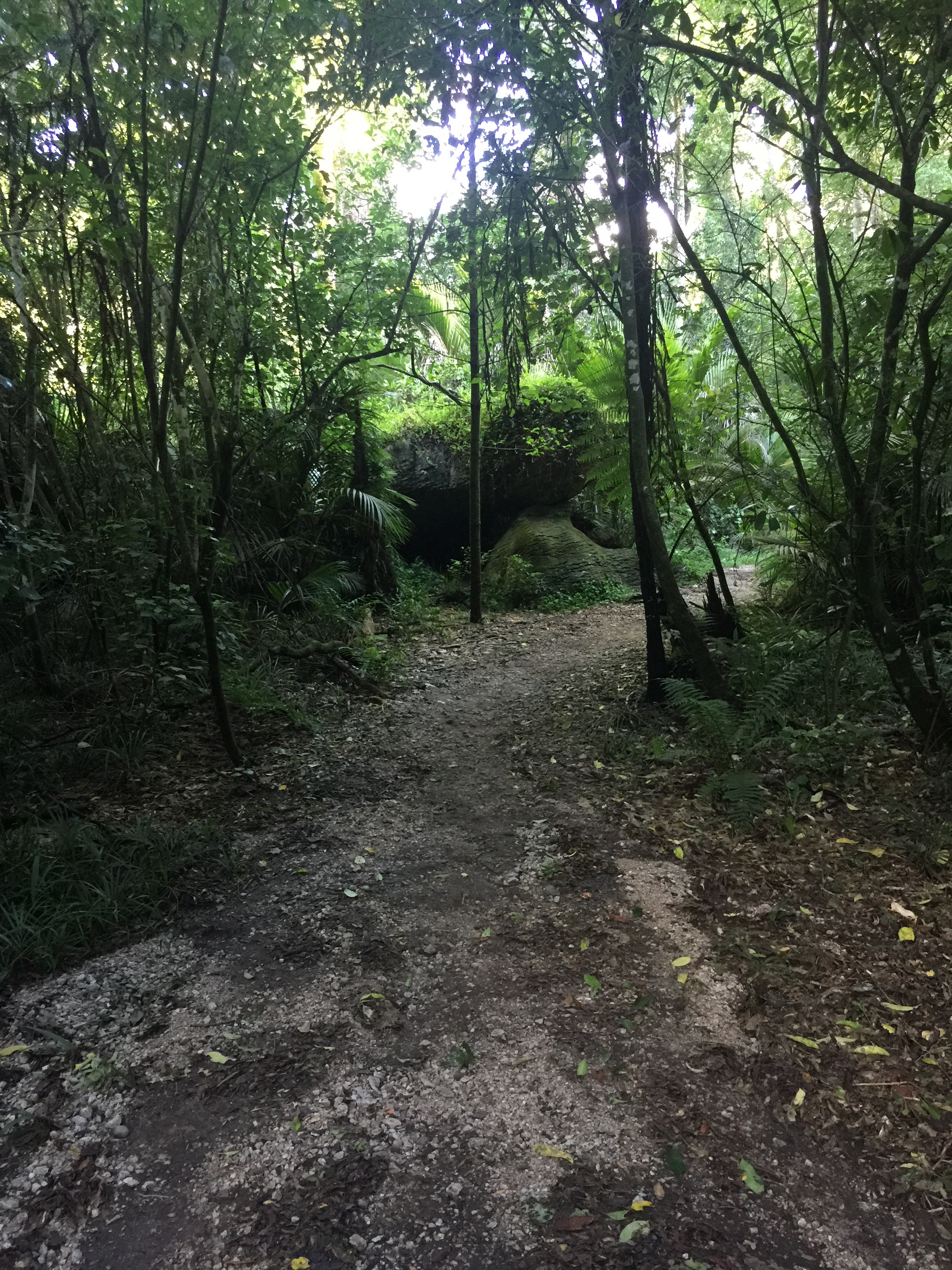Yesterday we drove from Golden Bay across the Takaka pass through Nelson to Picton, to take the ferry to Wellington. It was about a four hour drive, so not the marathon run we had the day before. The Takaka pass is quite something; it reminds me of the road up Mount Hamilton to Lick Observatory— switchback after switchback climbing at a 7% or 8% grade. Every kilometer or so there’s a “slow vehicle bay”, or a “stopping vehicle bay”, and it seems that everyone knows what they’re for, which worked really well — you can actually get in and out at quite a clip. The road is signed at 100 kph, but I doubt I did more than 60 kph on any part of it because it was so windy. And as with the Otago Peninsula, there were very few guardrails — it would have been very easy to drive off the road if you’re not careful.
We got to Picton over an hour before we had to board the ferry, which was a bit of a relief, because I misread a road sign and spent much of the last hour of that drive biting my nails thinking we were on the wrong road and we were going to miss our ferry, even though the GPS kept reassuring us that we were going the right way. There are two roads into Picton, the narrow windy one we took, and route 1, which is the main road up from Christchurch.
The ferry continues the highway to Wellington; the ferry boats take cars, vans, buses, the works. I think it seats about 1300, although I’m not sure. Embarkation was orderly but slow; Meg splurged for us and got seats in the VIP lounge, which had couches instead of airline-style seats, and free food throughout the three and a half hour crossing — so we had lunch and high tea after a fashion, along with a glass of wine to start and an espresso to finish. I spent most of the trip reading back issues of CACM, which will lighten my bag significantly now that I’ve had a chance to recycle them. There wasn’t a lot to see off the boat — the countryside in the sound is mountainous with forest leading down to the water, but of course the channel is through the middle of the sound, so you don’t get very close to the shore.
We had to drop our car in Picton, and get a new car in Wellington — the car company doesn’t want cars crossing between islands, because it raises Cain with their inventory control. Because we didn’t check bags, we were off the ferry and in our new rental car in what must have been record time — I’d guess no more than ten minutes total. After that was a series of wrong turns and then a drive through Wellington center to Wellington Friends Meeting, where we were staying in the Goeorge Fox house, a guest house run by the meeting. We were met by Ralph, who is filling in for the caretaker, who showed us our room and chatted with us over a nice cup of tea before we walked down into town to get dinner.
Dinner was at a hole-in-the-wall Lebanese place having won “Best of Wellington” awards for the last three years, an award from Lonely Planet, and an award from TripAdvisor. It was excellent! I had some sausage wrap thing, which was spicy but not uncomfortably so; Meg had a combination plate of lamb, salad, and rice.
